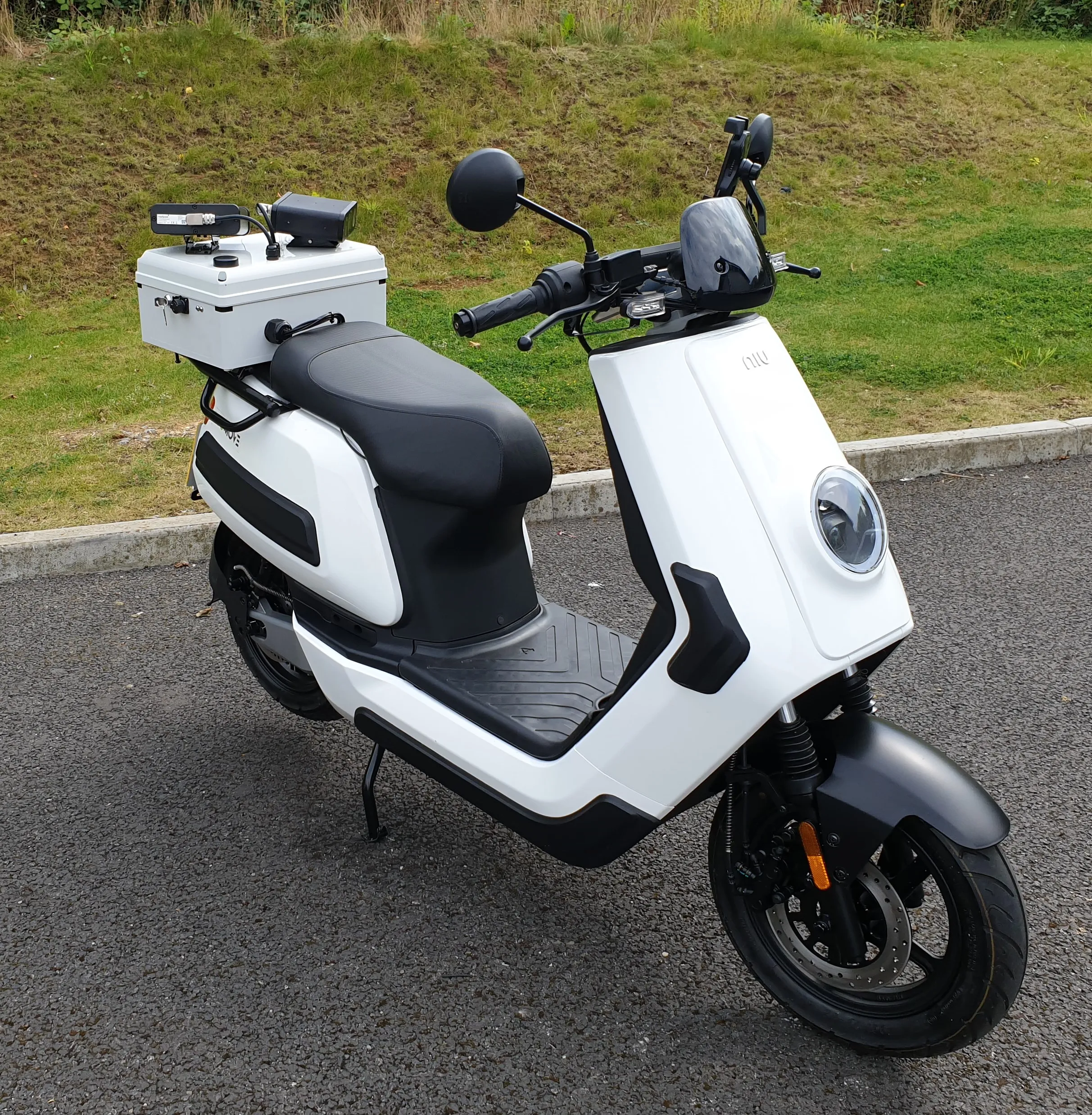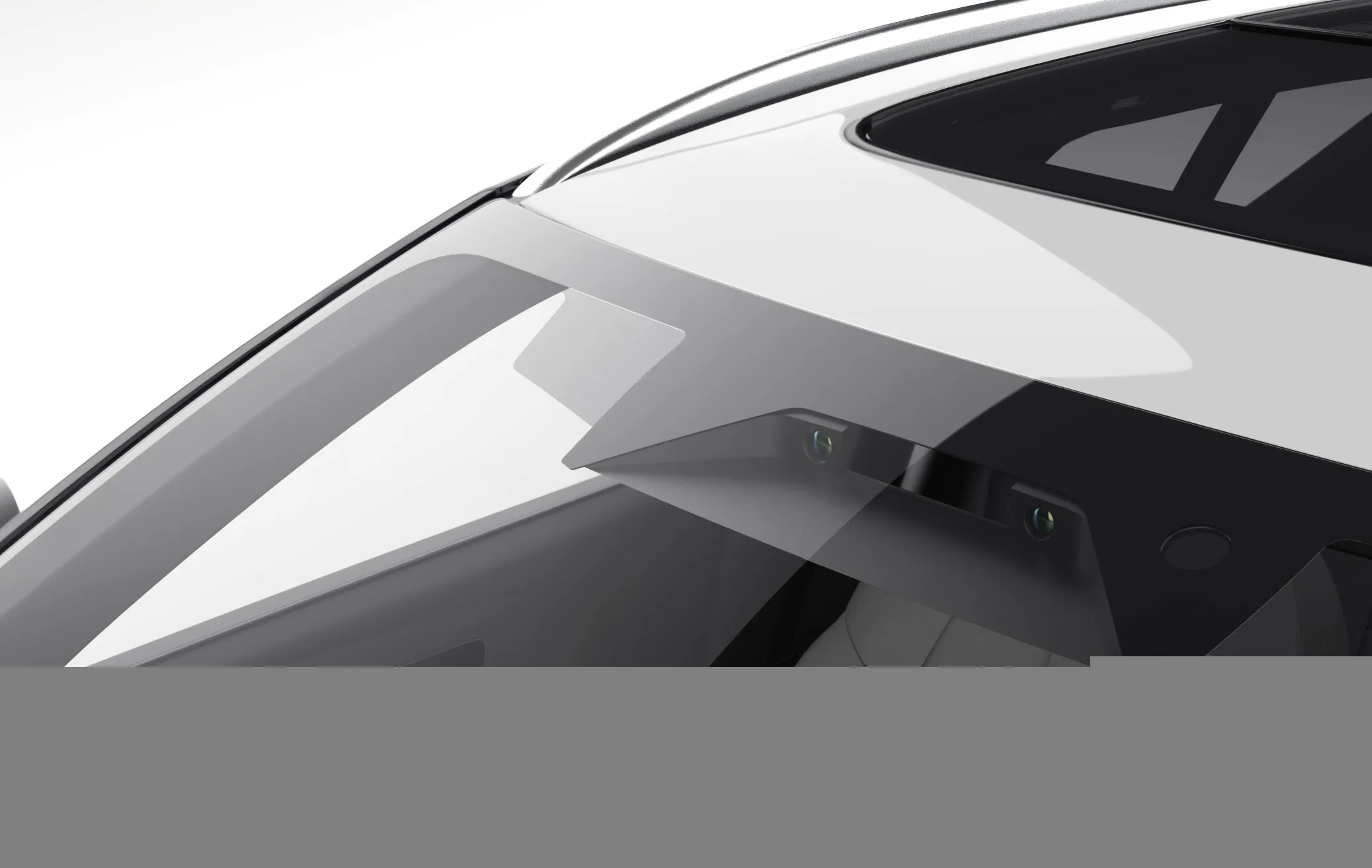Sony Europe’s Image Sensing Solutions Division’s new GS CMOS series cameras are targeted at the machine vision market and are said to be suited to applications including intelligent transport systems, logistics and high-end security.
March 18, 2016
Read time: 1 min
Comprising four models, the XCG-CG240/C and XCG-CG510/C are IEEE1588 compliant, feature multi-pixel averaging technology said to provide optimum performance in a range of environments and are available as black and white or colour cameras. These new GigE cameras feature Sony’s Global Shutter CMOS sensors.









